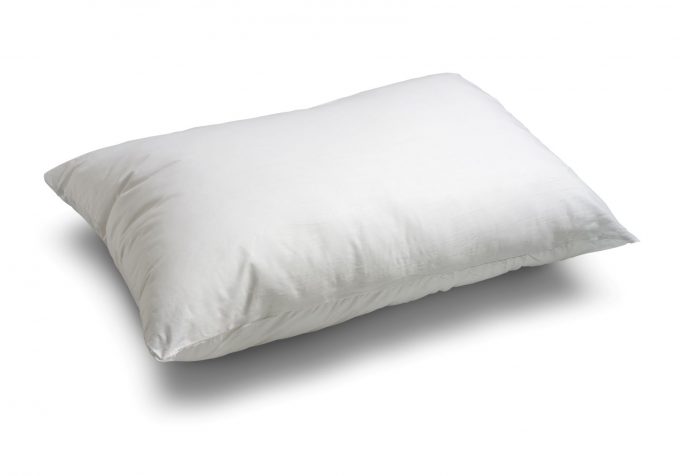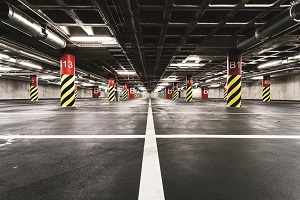
Are your pillows making guests sick?
A massive 91 percent of people rate pillows as vital for a good night’s sleep according to the US National Sleep Foundation.
Yet while accommodation houses have woken up to the importance of pillow comfort in recent years, many remain unconscious of the fact that discerning guests are looking for more than softness.
No pillow will be winning awards for comfort if there are stains beneath its snowy protectors or allergy-inducing bacteria luxuriating within its fluffy stuffing.
So here’s some discrete pillow talk to help accom managers bolster their bedroom hygiene.
A hotel that runs at 70% occupancy with guests staying an average 1.4 nights will have around 180 people a year sleeping on a pillow, each imprinting their unique blend of oils and odours.
Housekeeping staff may be adept at pulling stained, flat or lumpy pillows out of service but they don’t have the means to see what lurks inside.
A three-year-old pillow, for example, will contain some 100,000 dust mites, one of the major causes of allergies.
Pillows are major breeding grounds for bacteria, viruses and mould which can negatively affect guests and cause symptoms after checkout.
Pillow protectors help limit staining, but they do nothing to eliminate the build-up of dust or prevent micro-organisms from growing inside pillows.
Brian Guernier of US company Pillow Fresh surveyed pillows in 30 four and five-star accommodation properties and found most were around seven years old – in line with the cycle of a hotel’s soft goods replacement.
“This seems like a very long-time for a hotel to keep their pillows in service,” he said.
“In fact, most knowledgeable hotel industry professionals will tell you pillows should be replaced every two years.”
How to maintain a pillow inventory
The first option is to wash pillows, but laundering does not get the dust out of the inside of a pillow, is water and energy intensive and often requiring several cycles to clean and dry. Detergent can cause the filling material to break down prematurely and washing synthetic pillows can often cause the inside to “pill”, making the pillow uncomfortable to lie on.
The second option is to replace pillows every two years. While it’s not environmentally friendly, this is probably the best option for those using lower cost synthetic or chambered feather-and-down pillows.
The last option is for operators with quality feather-and-down pillows to implement a cleaning and restoration process using specialised equipment. Each pillow is cut open and the contents are tumbled under a sanitising and deodorising light to kill bacteria and sift out dust and dust mites. The contents are blown back into a new pillow cover and the four-inch cut is stitched up – a process taking around five minutes per pillow. With the latest emphasis on sustainability, this could be a marketing opportunity and a cost saver for larger hotels.

AccomNews is not affiliated with any government agency, body or political party. We are an independently owned, family-operated magazine.






